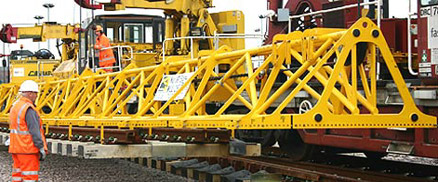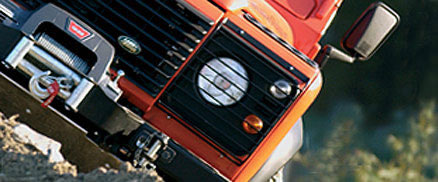A spade is not a spade when it comes to off-roading. Apart from it being the most important recovery tool, the spade must be designed right – garden spades work, but not nearly as well as those designed for the job. Ideally, an off-road spade should have a cupped
blade, more like a shovel, for removing mud or wet sand, for which a flat blade is very inefficient. A long handle will permit reaching well under the vehicle should it be caught on the axles or chassis but if it is too long it can be awkward. Collapsible camp shovels have handles far too short for digging out a vehicle. A pointed blade is better than square
as it is more suited to digging sand from under a tyre and provides easier penetration. It should also be painted a bright colour because spades are often left lying in the bush after a recovery operation and only found missing the next time someone gets stuck.
When selecting a spade consider the following:
- Feel the weight. It must not be unnecessarily heavy.
- The length should be sufficient to dig under a vehicle.
- Fold-away type camp shovels are far too short and make removing material from under a vehicle almost impossible.
- The blade should be a shovel-shaped. A flat blade is far less effective. The blade must not be too big – this adds weight and makes clearing under a vehicle more difficult.
- Fancy materials such as stainless steel are pointless – a spade is a spade, not a work of art. And, they get lost.
- Find a way of attaching your spade in a convenient place.
- Front-Runner make a nice roof-rack mount.
- Place the shovel on the side near the front of the rack so that the curve of the blade bends around the front corner. In this way it will not be caught by bushes that pass close to the vehicle.


